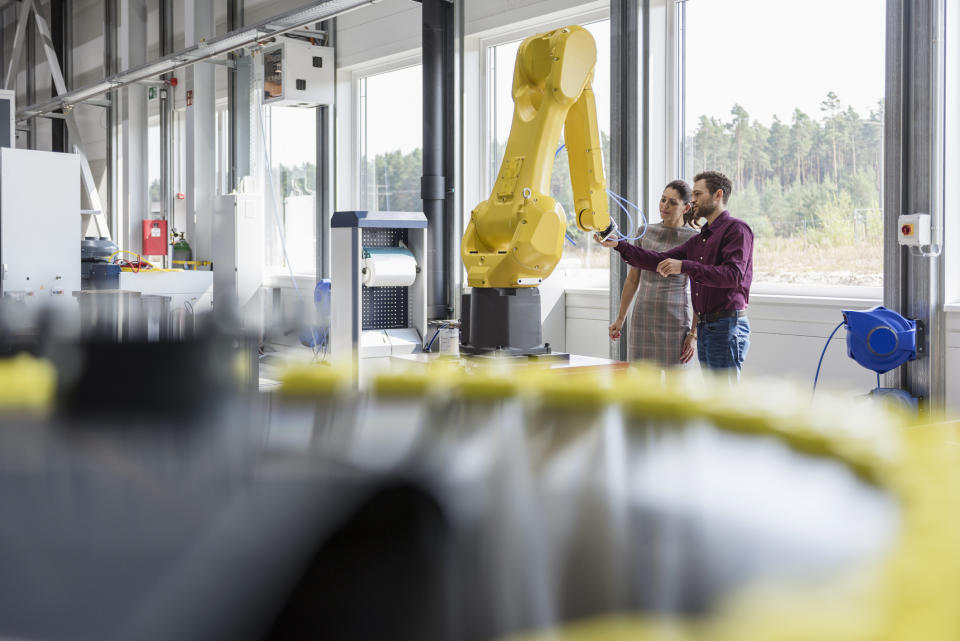The Australians at greater risk of robots stealing their jobs

When it comes to job fears, some should be more scared than others about the AI revolution.
For instance, those living in South Australia and Victoria should be more concerned about losing their jobs to ‘robotisation’ than others in Australia.
Indeed, more than a third (36 per cent) of Australian jobs are at major risk of automation, according to a OECD Employment Outlook report released earlier this year.
However, new research from recruitment firm Hays has found that women are at a disadvantage when it comes to the changing workforce – as well as those in ‘mid-skilled’ jobs.
Related story: Watch out: 36% of Aussie jobs will be obsolete by 2040
Related story: Heat map: Where the robot revolution will hit Australia
‘Women are more vulnerable to automation’
In some sectors, workers are undeniably weighted towards one gender, Hays pointed out in its 2019/20 Global Skills Index; for example, the majority of managers, craftsmen and operators are men, while women tend to fill clerical roles.
And women also tend to work in occupations that have more routine tasks and less abstract tasks than men.
“It is now widely accepted that the automation of many routine tasks is technologically possible, implying that women are more vulnerable to automation – 11 per cent of women are at high risk relative to 9 per cent of men,” the report said.
But it’s not all bad news, either: some things simply can’t be replicated by a robot or a machine.
“However, [women’s] tendency to work in the health and education sectors, which require greater use of personal and social skills, mitigates some of this automation risk in the long run.”
Mid-skill jobs going out the door
As technological advances in AI and automation roll on, the landscape of the workforce is shifting – and leaving mid-skilled, often non-higher-educated, workers in the dust.
“Between 2000 and 2017, industrialised countries tended to shed mid-skill jobs whilst adding high- and low-skill positions.”
Related story: 10 skills you won’t need by 2022 — and 10 you will
Related story: Don't let a robot replace you: 6 ways to upskill to stay relevant
Machines and software are now able to perform routine – “and increasingly non-routine” – tasks, and are therefore becoming worthy substitutes for humans performing jobs like book-keeping, paralegal, and ICT support.
“This hollowing out of the middle has created a two-tier economy of high-skill, high-wage jobs and low-skill, low-wage jobs,” the report said.
“Mid-skill workers have tended to be pushed into lower-skilled areas creating an excess supply of less-educated labour thereby depressing wages.” On the other hand, demand for high-skill workers outstrips supply.
“This hollowing out of mid-skill jobs is set to continue.”
Jobs will continue to be polarised in this way, and may mean that concepts such as universal or basic income need to be seriously considered, the Hays report said.
Make your money work with Yahoo Finance’s daily newsletter. Sign up here and stay on top of the latest money, news and tech news.

 Yahoo Finance
Yahoo Finance 
